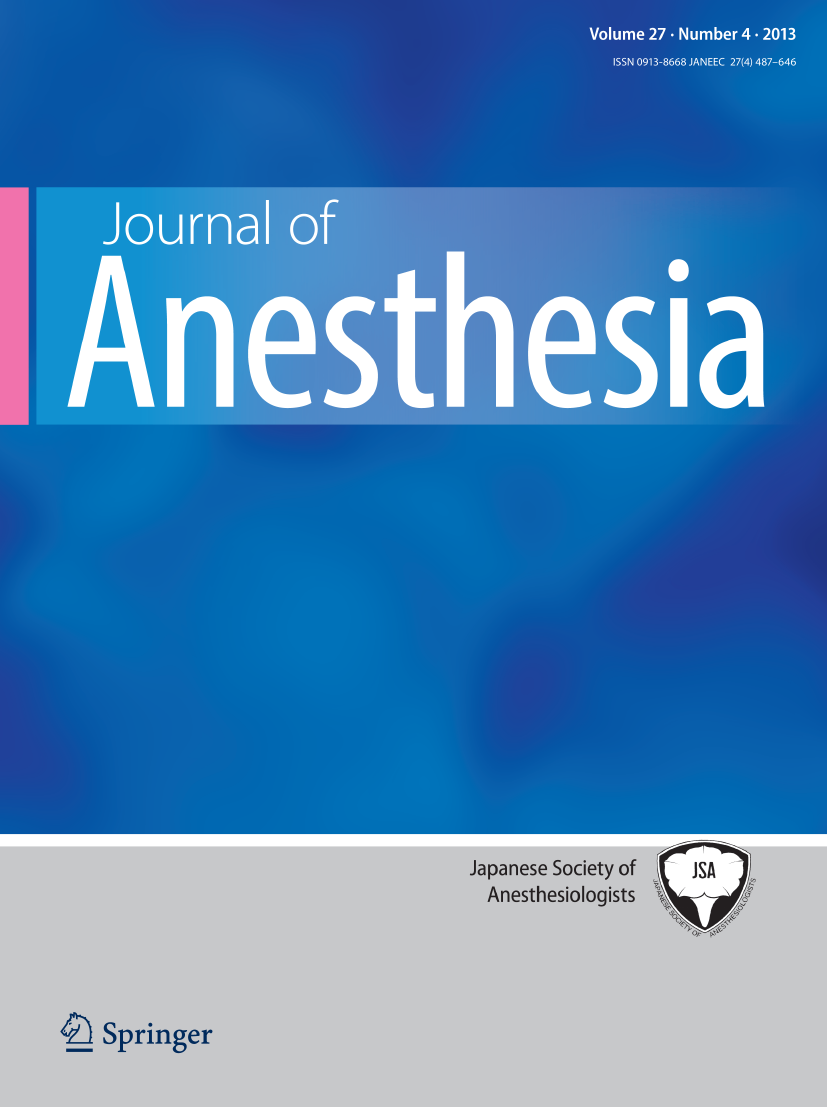
Comparison of PENG Block vs supra-inguinal fascia iliaca and lateral femoral cutaneous Block for THA

Comparison of PENG Block vs supra-inguinal fascia iliaca and lateral femoral cutaneous Block for THA
Comparison between pericapsular nerve group (PENG) block with lateral femoral cutaneous nerve block and supra-inguinal fascia iliaca compartment block (S-FICB) for total hip arthroplasty: a randomized controlled trial.
J Anesth. 2023 Aug;37(4):503-510.Synopsis
Ninety-two patients undergoing total hip arthroplasty (THA) were randomized to receive either a PENG block with LFCN block (n=46) or an S-FICB (n=46), both using 30 mL of 0.33% ropivacaine. The primary outcome was the time to first postoperative walk. Secondary outcomes included intraoperative remifentanil consumption, postoperative hip flexion degree, muscle strength of the operative lower limb, ...
To view the full content, login to your account,
or start your 30-day FREE Trial today.
FREE TRIAL
LOGIN
Forgot Password?
Explore some of our unlocked ACE Reports below!

Learn about our AI Driven
High Impact Search Feature
Our AI driven High Impact metric calculates the impact an article will have by considering both the publishing journal and the content of the article itself. Built using the latest advances in natural language processing, OE High Impact predicts an article’s future number of citations better than impact factor alone.
Continue



 LOGIN
LOGIN

Join the Conversation
Please Login or Join to leave comments.